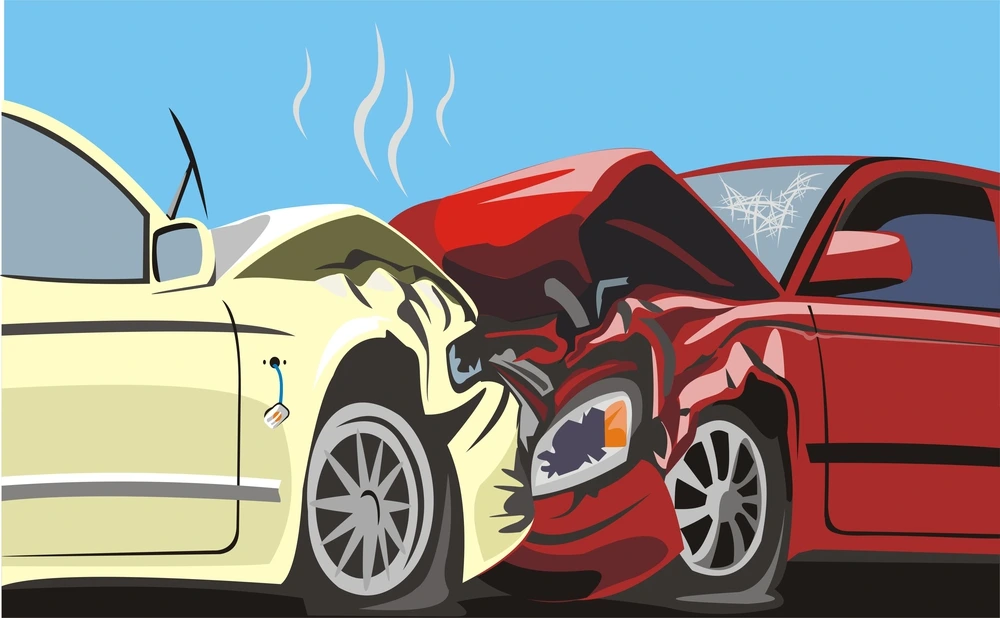If you’ve been in a car accident, you’re likely thinking about how to get the compensation that you are owed for the losses and damages you’ve suffered. A car accident lawyer in Gillette, Wyoming can help you to calculate the full extent of your damages so you don’t miss out on anything you deserve.
How Does a Car Accident Lawyer Calculate the Value of a Car Accident Lawsuit?
To understand how the calculations are made, you need to know the two types of damages that are generally paid out in these cases. The first are economic damages and the second non-economic damages. Economic damages referred to those things that can be quantified with receipts and bills. In other words, you are being repaid for a specific amount of money that you can show you had to spend. Non-economic damages are trickier because they refer to things you can’t put a dollar amount on, such as pain and suffering. Here’s how your lawyer goes to work.
Step One: Gather All Receipts
The first step is making sure you cover everything that you have already spent. This is the most basic step, but it’s still easy to get things wrong here if you don’t know what receipts should be included or if you’re not organized in keeping everything together. Your lawyer will help you with all of this. They will make sure you don’t miss anything that you should be claiming. In general, you can claim all your medical bills that directly relate to injuries sustained in the accident, including follow-up care, surgeries, hospital stays, and medications that you required.
You can also claim money that you’ve lost as income if you were not able to work and the value of property that was damaged in the accident, most notably your car, but also anything valuable you might have been carrying in the car.
Your lawyer may also ask you about other items that you might not have thought of. For example, if you had to pay for a rental car while your car was in the shop, this might be something you can claim. If you had to hire childcare because your injuries were too bad for you to care for your own children, this is another thing you might be able to claim compensation for.
Step Two: Calculating for the Future and Other Economic Losses
In most cases, you will not be bringing a car accident claim until you reach the point of “maximum medical improvement.” This is just a legal way of saying that you are not expected to recover any further. Hopefully, you have fully recovered at this point, but if your injuries were bad, you may never completely recover to the same place you were before the accident. If you have an ongoing disability that requires long-term care, require modifications to your home to make it possible for you to live independently, or you have to get a new job or give up working altogether because of the severity of your injuries, all of this needs to be calculated.
Your lawyer will have a pool of experts witnesses that they can call on to help make these calculations. These experts may be medical experts, people who know what it takes to get a disabled person retrained to a new job, financial experts, etc.
There may be other things you have to calculate, as well. For example, if you frequently took overtime opportunities at work, it’s harder to calculate what you might have missed. You’ll have to be able to show that you regularly took a certain amount of overtime every week or month and that these overtime hours were available had you been well enough to take them. Your lawyer will then need to argue convincingly that you would have gotten this extra income had you not been injured.
Step 3: Calculating Non-Economic Losses
As stated above, non-economic damages are tricky to calculate for. It’s impossible to put a dollar amount on these, so instead, calculating them usually means first finding the value of your economic losses and then using them to make an estimate of your non-economic damages. After you’ve calculated the total amount of your economic losses, you would multiply this total by a number between one and five.
Whether one, two, three, four, or five is used depends on the severity of your injuries. If you had mostly minor injuries that did not require a hospital stay and healed within a few weeks, you would likely multiply your economic damages by just one. If you were put into a coma, paralyzed, suffered brain damage, etc. you would likely multiply your damages by five. Everything else would be estimated somewhere between those two extremes.
In some cases, it’s better to use what’s known as the “per diem” method. With this method, you come up with a daily dollar amount and multiply it by the number of days that you suffered from the injury. This is sometimes the best way forward if you are presenting your claim before a jury. It allows your lawyer to present a range of numbers and help the jury think about the daily suffering you endured instead of focusing on the idea of one big, lump sum. This can make it easier for the jury to come to a decision in some instances. Your lawyer can tell you whether this is the right choice for you.
Other Questions
What Can You Claim for Non-Economic Damages?
In general, you can usually claim non-economic damages for pain and suffering from the injuries themselves, mental suffering and anxiety, loss of quality of life, loss of consortium, disfigurement, and anything else likely to cause you severe emotional stress and suffering.
What Are the Damage Caps?
Wyoming, unlike many states, has no cap on non-economic damages for most personal injury lawsuits. There are a few exceptions, though. Medical malpractice does have a cap of $750,000, and if you are bringing a claim against the state of Wyoming (for example, if you were injured by a vehicle driven by a state employee on official business), there is a cap of $250,000. If you are injured by someone acting in the scope of their employment for a local government, the cap is $50,000.
There are no caps on economic damages. You should be fully reimbursed for everything that you’ve had to spend to make yourself whole again.
What’s the Statute of Limitations?
In Wyoming, the statute of limitations in most of these cases is three years. If you have been injured by a city or state employee, you have 180 days to notify the city or state government of your intention to bring a claim. It’s important in all cases to talk to a lawyer as soon as possible.
Talk to a Gillette, Wyoming Lawyer Soon
The statute of limitations can run out more quickly than you would think, and calculating all your damages in a personal injury lawsuit is time-consuming. It’s also easy to miss things if you aren’t experienced in making these calculations. Working with an experienced lawyer is the best way to ensure that you don’t lose out. Contact us today at the Ochs Law Firm in Jackson, Casper, Teton Village, and all surrounding areas to request an initial consultation.







